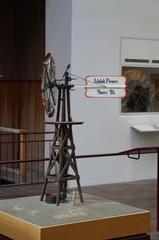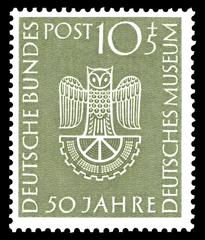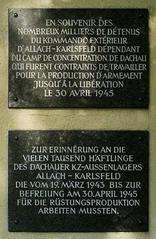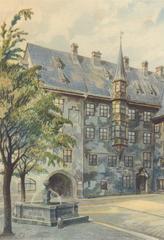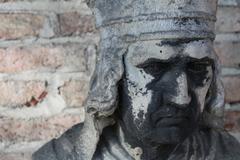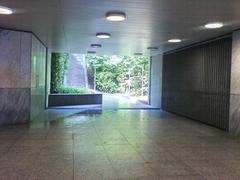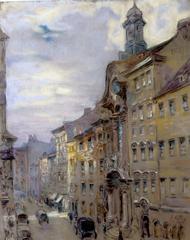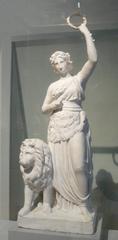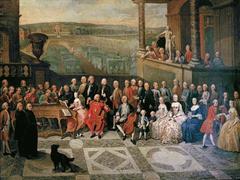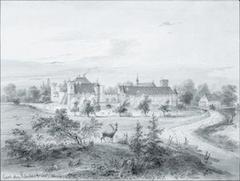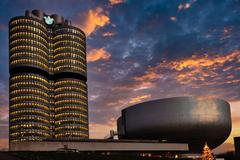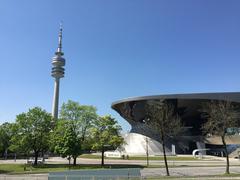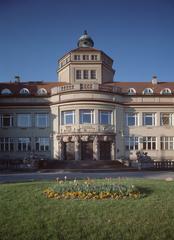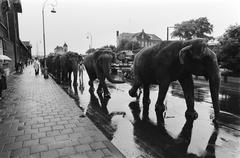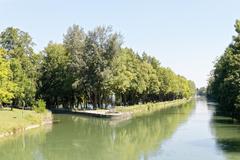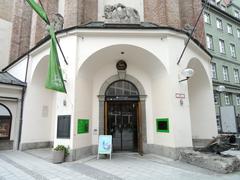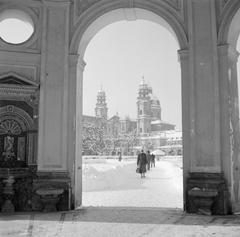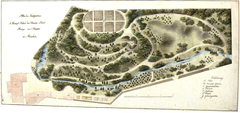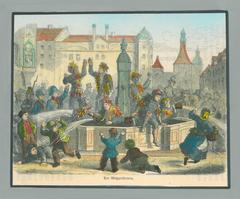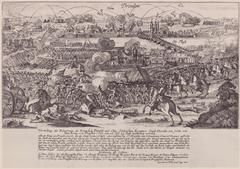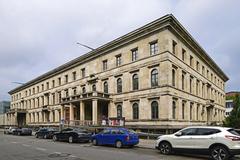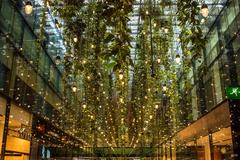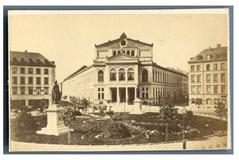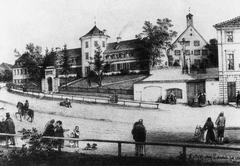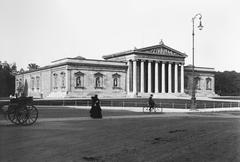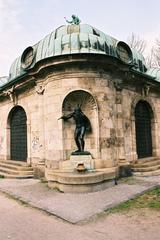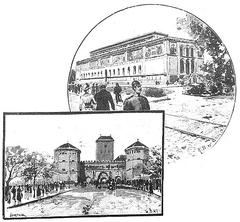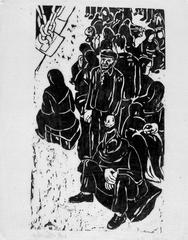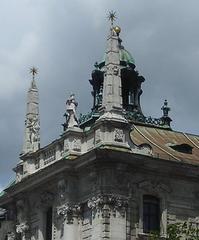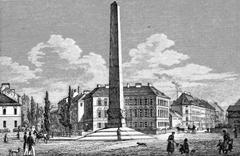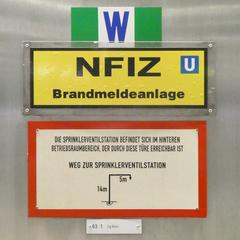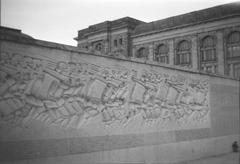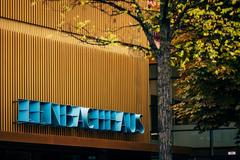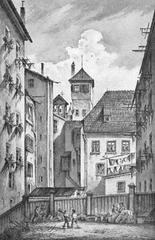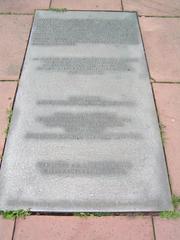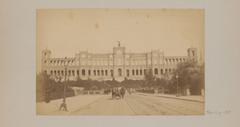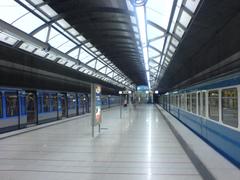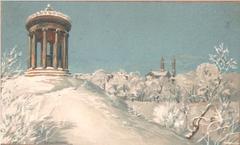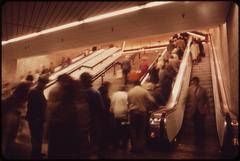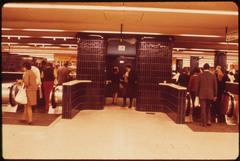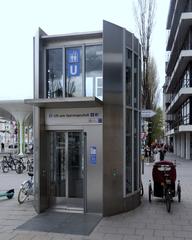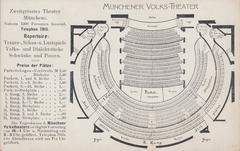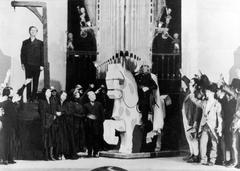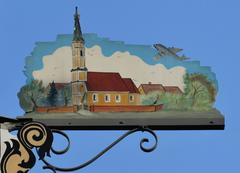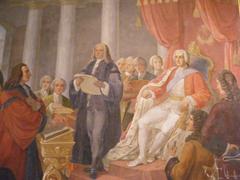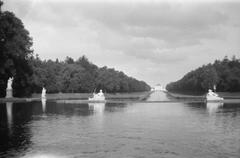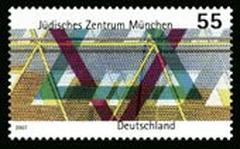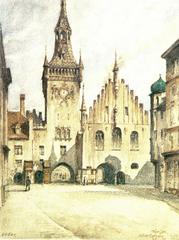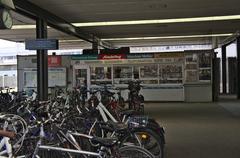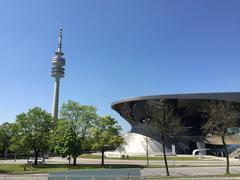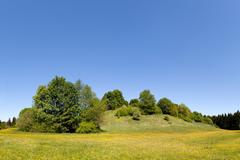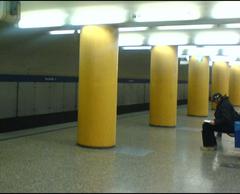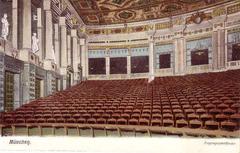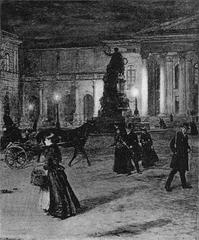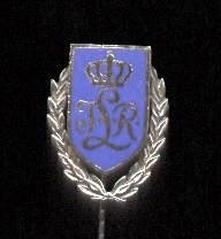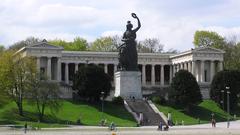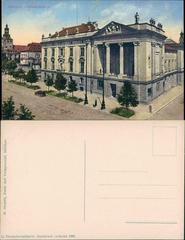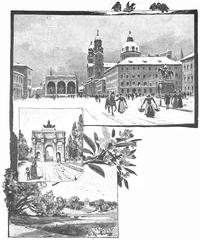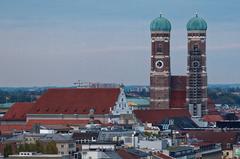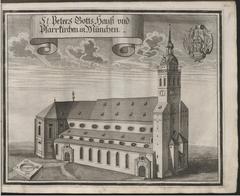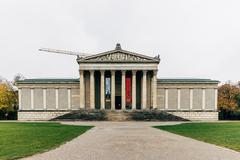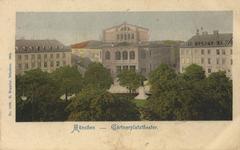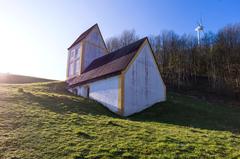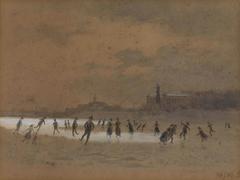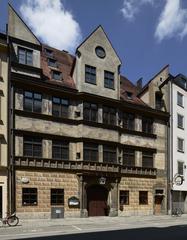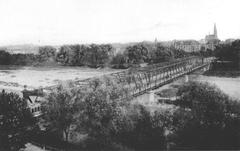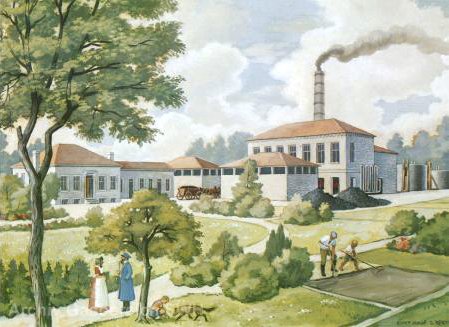
Visiting Deutsches Museum: Hours, Tickets, and Tips
Date: 17/07/2024
Introduction
The Deutsches Museum in Munich, Germany, is not just any museum; it stands as one of the world’s largest and oldest institutions dedicated to science and technology. Founded by Oskar von Miller on June 28, 1903, the museum has grown to become a beacon of scientific education and innovation. Its extensive collection comprises over 28,000 exhibited objects, spanning a broad range of scientific fields, from aviation and space travel to marine navigation and computing. Visitors are treated to a unique blend of historical artifacts and interactive exhibits that make complex scientific principles accessible and engaging. The museum’s architectural significance is equally notable, with its main building situated on Museum Island in the Isar River, designed by Gabriel von Seidl. Over the years, the museum has expanded its reach with branch locations dedicated to specific areas of science and technology. This comprehensive guide aims to provide you with all the information you need to make the most of your visit, including the museum’s rich history, ticket prices, visiting hours, and travel tips. Whether you’re a history buff, a science enthusiast, or a curious traveler, the Deutsches Museum offers something for everyone. For more details, visit the Deutsches Museum’s official website.
Table of Contents
- [History of the Deutsches Museum](#history-of-the-deutsches-museumhistory-of-the-deutsches-museum)
- [Founding and Early Years](#founding-and-early-yearsfounding-and-early-years)
- [Construction and Expansion](#construction-and-expansionconstruction-and-expansion)
- [World War II and Reconstruction](#world-war-ii-and-reconstructionworld-war-ii-and-reconstruction)
- [Modern Developments](#modern-developmentsmodern-developments)
- [Notable Exhibits and Contributions](#notable-exhibits-and-contributionsnotable-exhibits-and-contributions)
- [Visitor Information](#visitor-informationvisitor-information)
- [Visiting Hours](#visiting-hoursvisiting-hours)
- [Tickets](#ticketstickets)
- [Travel Tips](#travel-tipstravel-tips)
- [Nearby Attractions](#nearby-attractionsnearby-attractions)
- [Accessibility](#accessibilityaccessibility)
- [Special Events and Guided Tours](#special-events-and-guided-toursspecial-events-and-guided-tours)
- [Photographic Spots](#photographic-spotsphotographic-spots)
- [Cultural and Educational Impact](#cultural-and-educational-impactcultural-and-educational-impact)
- [Future Directions](#future-directionsfuture-directions)
- [Conclusion](#conclusionconclusion)
- [FAQ](#faqfaq)
History of the Deutsches Museum
Founding and Early Years
The Deutsches Museum, officially known as the Deutsches Museum von Meisterwerken der Naturwissenschaft und Technik, was founded on June 28, 1903, by Oskar von Miller, a German engineer and visionary. The museum’s establishment was driven by Miller’s passion for science and technology and his desire to create a space where the public could engage with scientific advancements. Initially, the collection was housed in a temporary location until the construction of its permanent home on the Museum Island in the Isar River was completed.
Construction and Expansion
The construction of the museum’s main building began in 1906 and was completed in 1925. The architectural design, led by Gabriel von Seidl, combined elements of neoclassical and modern styles, reflecting the museum’s mission to bridge the past and future of science and technology. The museum’s opening was a significant event, attended by prominent figures from the scientific community and the general public.
During its early years, the museum rapidly expanded its collection, acquiring artifacts and exhibits that showcased the history and development of various scientific fields. The focus was not only on displaying objects but also on creating interactive exhibits that allowed visitors to engage with scientific principles firsthand.
World War II and Reconstruction
The Deutsches Museum faced significant challenges during World War II. The museum’s buildings were heavily damaged by bombing raids, and many exhibits were destroyed or lost. Despite these setbacks, the museum’s staff worked tirelessly to protect and preserve as much of the collection as possible. After the war, the museum underwent a lengthy reconstruction process, which included restoring damaged exhibits and rebuilding the infrastructure.
By the 1950s, the museum had reopened to the public, and efforts were made to modernize the exhibits and expand the educational programs. The post-war period also saw the addition of new buildings and exhibition spaces, allowing the museum to accommodate its growing collection and increasing number of visitors.
Modern Developments
In the latter half of the 20th century, the Deutsches Museum continued to evolve, embracing new technologies and expanding its reach. The museum established several branch locations, including the Deutsches Museum Verkehrszentrum, which focuses on transportation, and the Flugwerft Schleißheim, dedicated to aviation. These expansions allowed the museum to delve deeper into specific areas of science and technology, providing visitors with more specialized and comprehensive exhibits.
The museum also embraced digital technology, creating virtual exhibits and online resources to reach a global audience, furthering its mission to educate and inspire.
Notable Exhibits and Contributions
The Deutsches Museum is renowned for its extensive and diverse collection, which includes over 28,000 exhibited objects. Some of the museum’s most notable exhibits include:
- The First Electric Dynamo: Invented by Werner von Siemens in 1866, this exhibit showcases the development of electrical engineering and its impact on modern technology.
- The U1 Submarine: The first German U-boat, providing insight into the history of naval engineering and military technology.
- The Foucault Pendulum: Demonstrating the rotation of the Earth, this exhibit is a popular attraction for visitors interested in physics and astronomy.
The museum has also made significant contributions to science education. Its interactive exhibits and educational programs have inspired generations of students and researchers, fostering a greater understanding and appreciation of science and technology.
Visitor Information
Visiting Hours
The Deutsches Museum is open daily from 9:00 AM to 5:00 PM. It is advisable to check the museum’s official website for any changes in visiting hours or special holiday schedules.
Tickets
Ticket prices are as follows:
- Adults: €14
- Reduced (students, seniors): €8
- Children (6-15 years): €4.50
- Family ticket (2 adults with up to 2 children): €29
Tickets can be purchased online or at the museum entrance. Special discounts are available for group bookings and school visits.
Travel Tips
The Deutsches Museum is conveniently located in the heart of Munich, easily accessible by public transport. The nearest U-Bahn station is ‘Isartor,’ and several bus and tram lines stop near the museum. Parking facilities are also available for visitors driving to the museum.
Nearby Attractions
While visiting the Deutsches Museum, you can explore other nearby attractions in Munich, such as:
- Marienplatz: The central square of Munich, known for its historical buildings and vibrant atmosphere.
- Viktualienmarkt: A famous food market offering a variety of local and international delicacies.
- Englischer Garten: One of the largest urban parks in the world, perfect for a relaxing stroll or a picnic.
Accessibility
The Deutsches Museum is committed to ensuring that all visitors have an enjoyable experience. The museum is wheelchair accessible and offers special services for visitors with disabilities, including guided tours and audio guides. More details can be found on the museum’s accessibility page.
Special Events and Guided Tours
The museum hosts numerous temporary exhibitions, special events, and guided tours throughout the year. These events offer unique insights into specific scientific topics and provide an engaging learning experience for visitors of all ages. Check the museum’s events calendar for the latest information on upcoming events and tours.
Photographic Spots
The Deutsches Museum offers several great spots for photography enthusiasts. The rooftop terrace provides a stunning view of Munich, and the interior architecture and exhibits offer plenty of opportunities for capturing memorable photos.
Cultural and Educational Impact
The Deutsches Museum has played a crucial role in promoting scientific literacy and fostering a culture of innovation. Its exhibits and programs are designed to engage visitors of all ages, making complex scientific concepts accessible and understandable. The museum’s commitment to education is evident in its extensive outreach programs, which include workshops, lectures, and collaborations with schools and universities.
The museum also hosts numerous temporary exhibitions, which explore contemporary scientific issues and advancements. These exhibitions provide a platform for dialogue and discussion, encouraging visitors to think critically about the role of science and technology in society.
Future Directions
As the Deutsches Museum looks to the future, it continues to prioritize innovation and education. Plans for further expansion and modernization are underway, including the renovation of existing exhibits and the development of new ones. The museum is also exploring new ways to integrate digital technology into its exhibits, enhancing the visitor experience and making science more accessible to a broader audience.
Conclusion
The Deutsches Museum’s rich history and ongoing commitment to science education make it a vital institution in the world of science and technology. Its extensive collection, interactive exhibits, and educational programs continue to inspire and educate visitors from around the world, ensuring that the museum remains a beacon of scientific knowledge and innovation. For more information, visit the Deutsches Museum’s official website.
FAQ
Q: What are the Deutsches Museum visiting hours? A: The museum is open daily from 9:00 AM to 5:00 PM. Check the official website for any changes.
Q: How much are the Deutsches Museum tickets? A: Ticket prices vary: Adults €14, Reduced €8, Children €4.50, Family ticket €29.
Q: Is the Deutsches Museum accessible for visitors with disabilities? A: Yes, the museum is wheelchair accessible and offers special services for visitors with disabilities.
Q: Are there guided tours available at the Deutsches Museum? A: Yes, the museum offers various guided tours. Check the museum’s website for the latest information.
Q: What are some nearby attractions to the Deutsches Museum? A: Nearby attractions include Marienplatz, Viktualienmarkt, and Englischer Garten.
References
- Deutsches Museum. (2024). A Comprehensive Guide to the Deutsches Museum - History, Tickets, and Visiting Hours. Deutsches Museum
- Deutsches Museum. (2024). Guide to Visiting the Deutsches Museum - Hours, Tickets, and Highlights. Deutsches Museum
- Deutsches Museum. (2024). Essential Visitor Tips for Deutsches Museum - Hours, Tickets, and Must-See Exhibits in Munich. Deutsches Museum


